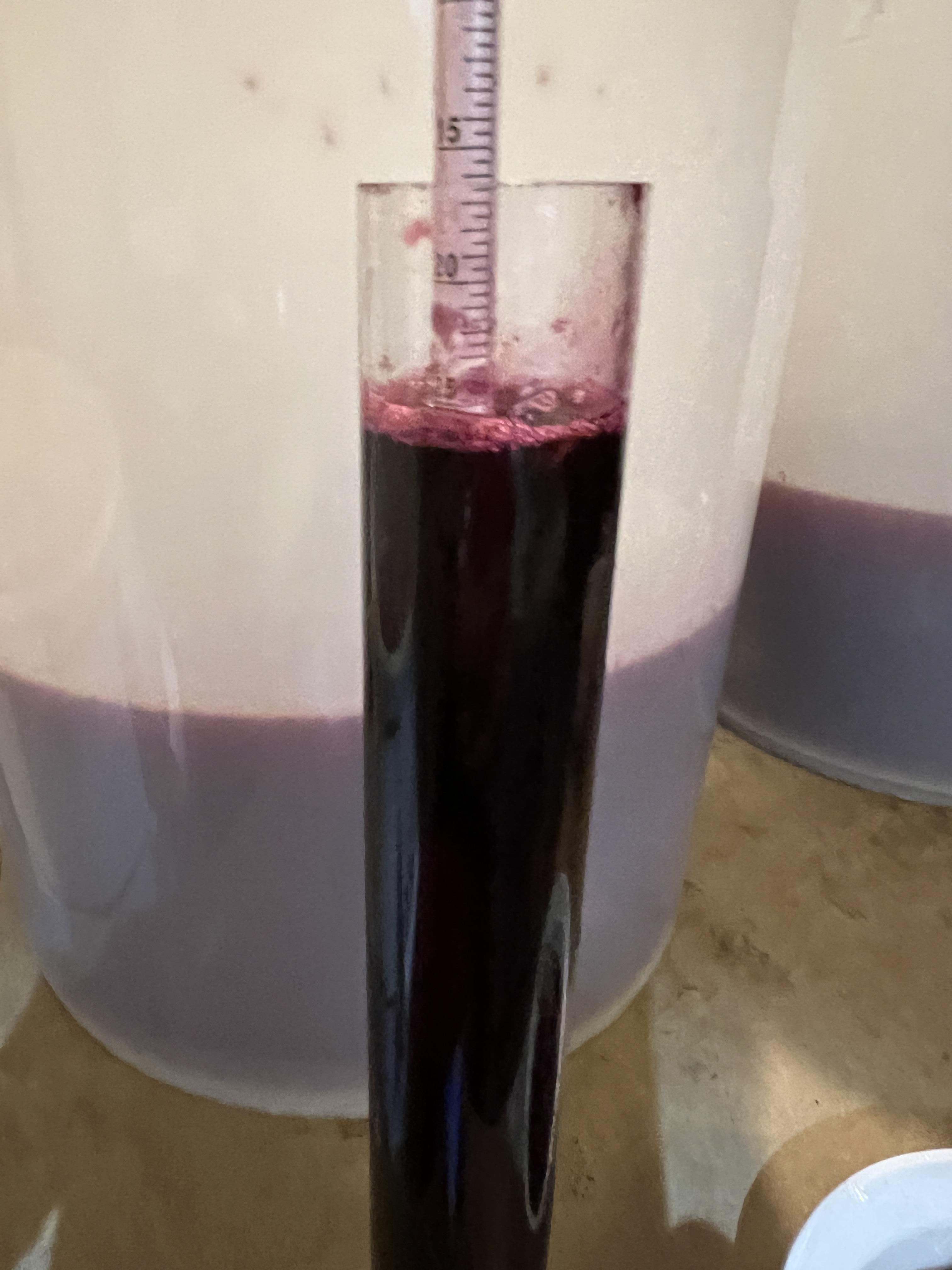@CDrew,
@Ajmassa, you've convinced me that I need to get a new scale that is good for 0.5 g weights.

I recently did something I never thought I would do. I purchased a pH meter. I've used pH strips for years and was comfortable with ball parking it. Not sure what the issue was, but I got inconsistent results with the current wines. I had been considering a pH meter (for like 2 years, so it's not like I was in a rush), but the inconsistent results pushed me over the fence.
Listening to feedback, I figured a cheap kit meant I'd buy it, then buy one that works well, so I went with the Apera Instruments PH60. I found the instructions to be painful to follow, and the vendor video to be too dry. Found another guy on YouTube who explained how easy the darned thing is to use, and he was correct.
Dang. Looks like I'm moving into the 21st century ... totally frogging my reputation as a curmudgeon.



































![[Upgraded] 9Pcs Tree Root Growing Box with Drain Holes, Half Transparent Plant Rooting Propagation Ball & Metal Core Twist Ties, for Fast Propagation Plants (Size M)](https://m.media-amazon.com/images/I/514MWQxtWOL._SL500_.jpg)






















